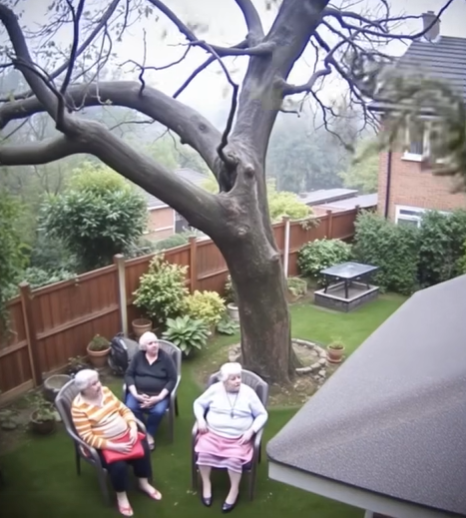
Cutting down a tree may look simple, but in reality, it is one of the most challenging and hazardous outdoor tasks. Online clips of tree cutting mishaps—where trunks crash onto homes, fences, or power lines—show just how quickly things can go wrong. While these videos may draw attention, they also underline an important truth: safe tree removal requires training, equipment, and expertise.
When handled without proper knowledge, what should be a controlled process can become dangerous and costly. Understanding safety principles and respecting the forces at play is crucial.
Why Tree Removal Is Different from Other Yard Work
Unlike mowing a lawn or trimming hedges, removing a tree involves complex calculations and powerful tools. A large tree can weigh several tons, and once it starts to fall, its direction and momentum are almost impossible to change.
Some of the main risks include:
- Property Damage: Poorly planned cuts may cause a tree to fall onto homes, sheds, or vehicles.
- Personal Injury: Chainsaws, falling branches, and unpredictable tree movements pose serious hazards.
- Power Line Risks: Contact with electrical wires can cause outages or fire.
- Legal Liability: Accidental damage to neighboring property can lead to unexpected expenses.